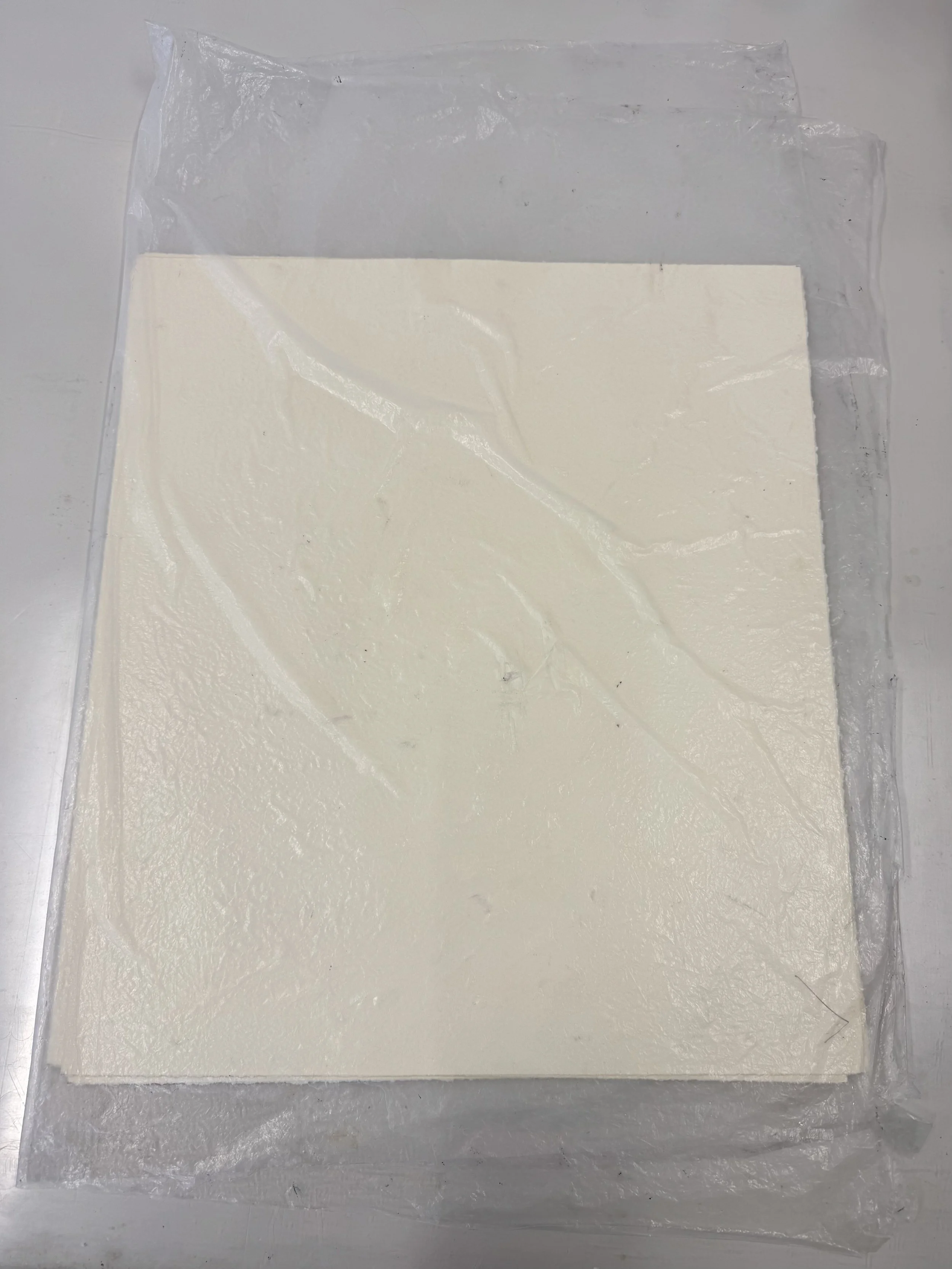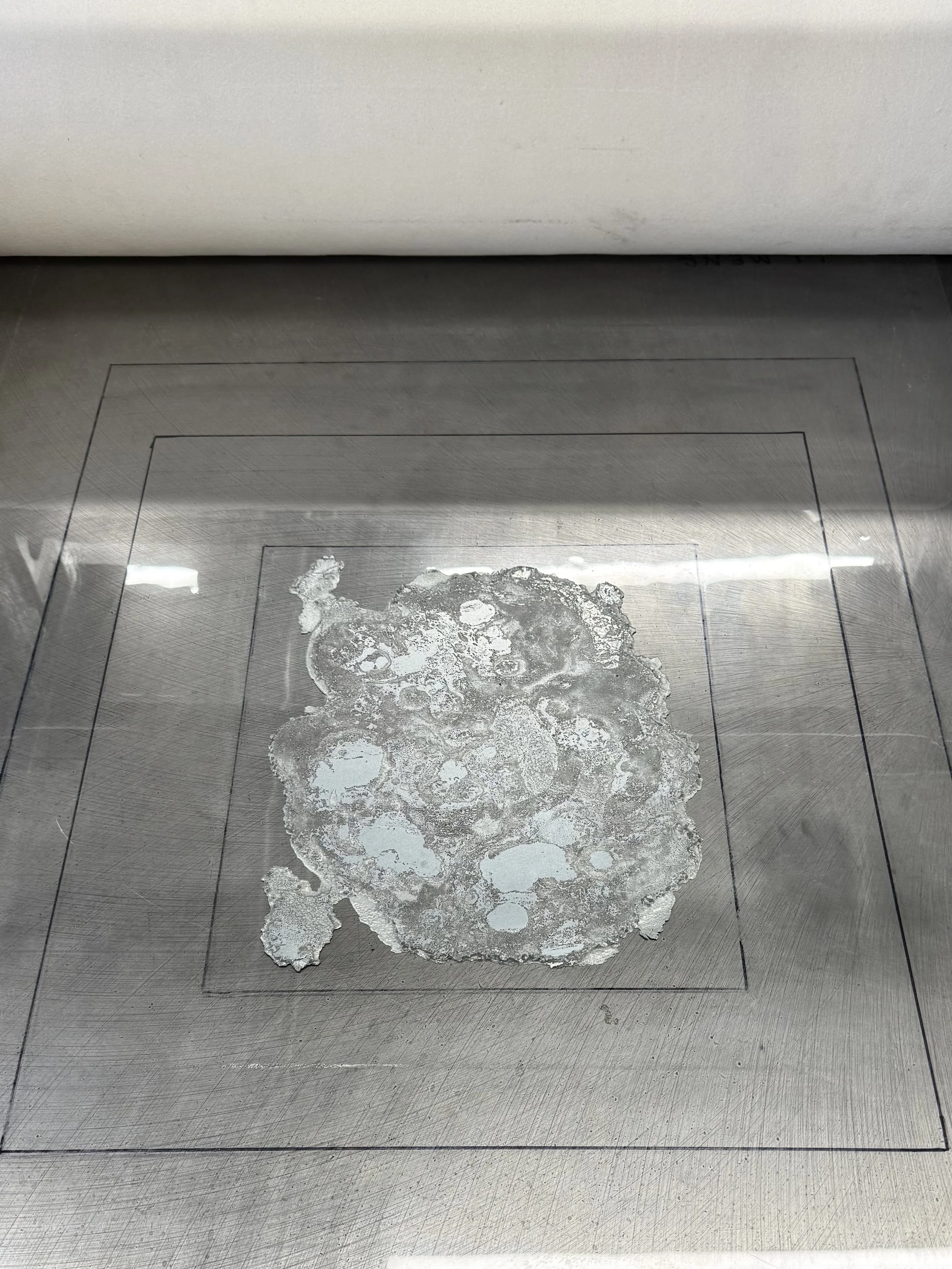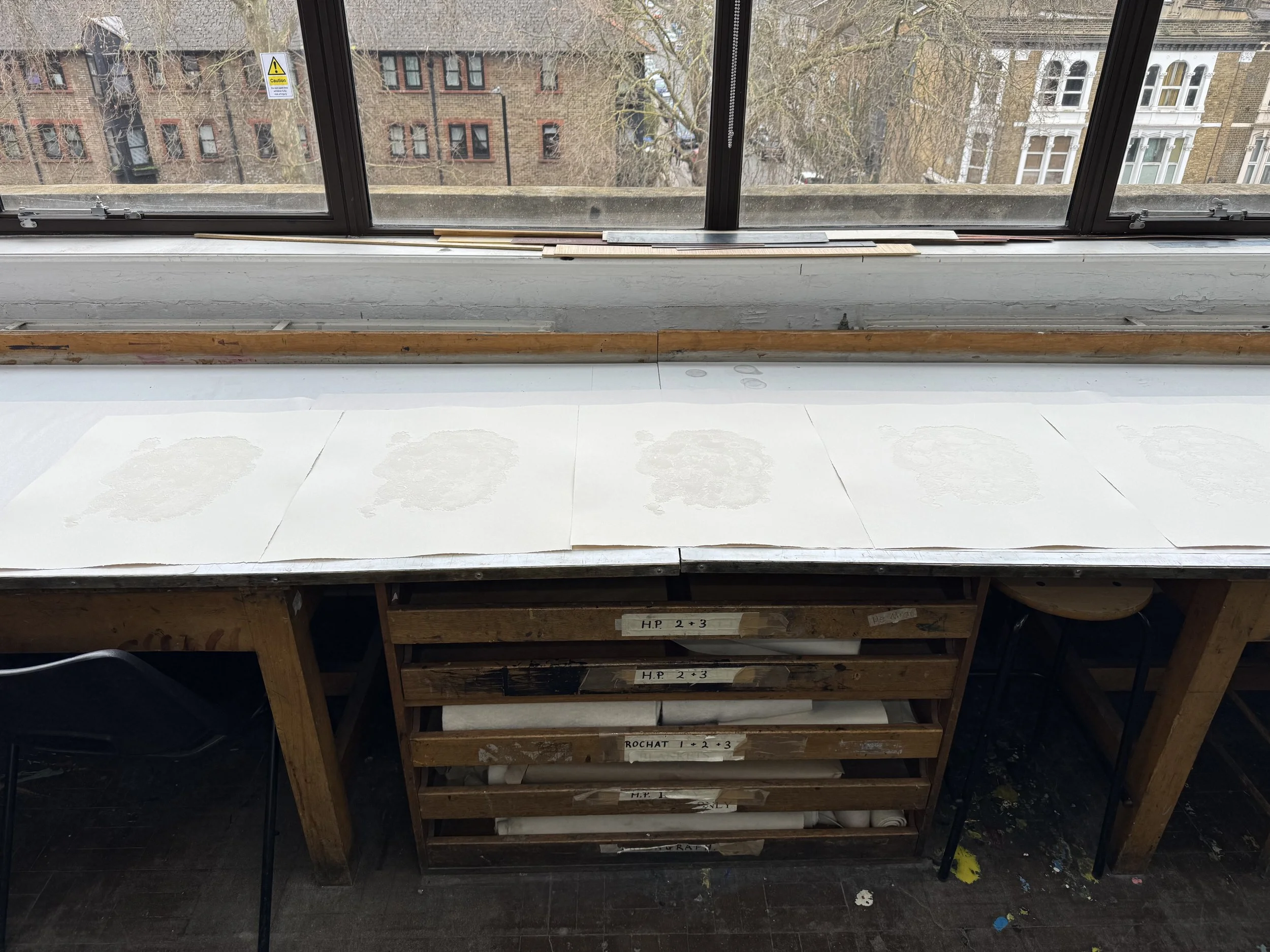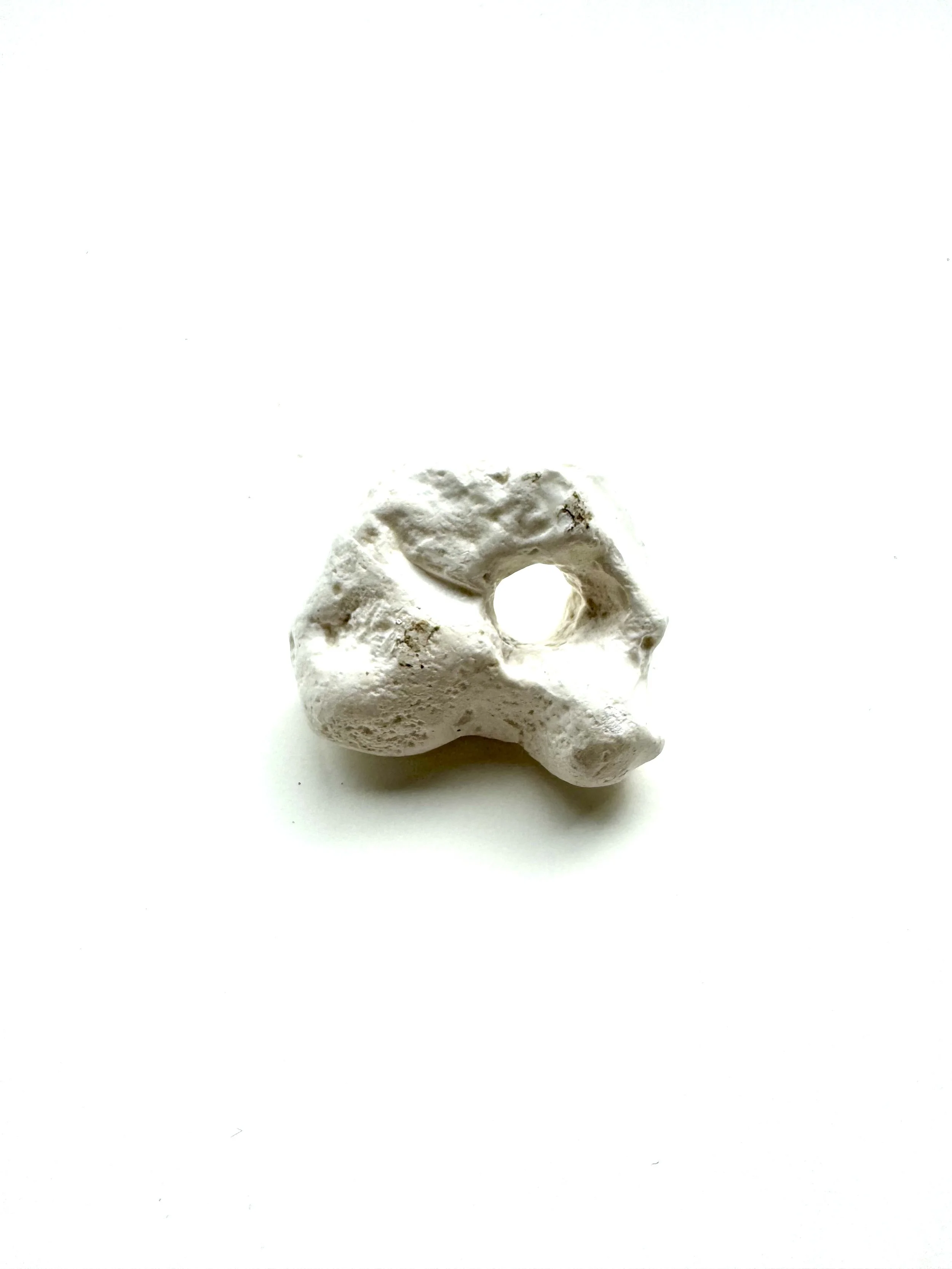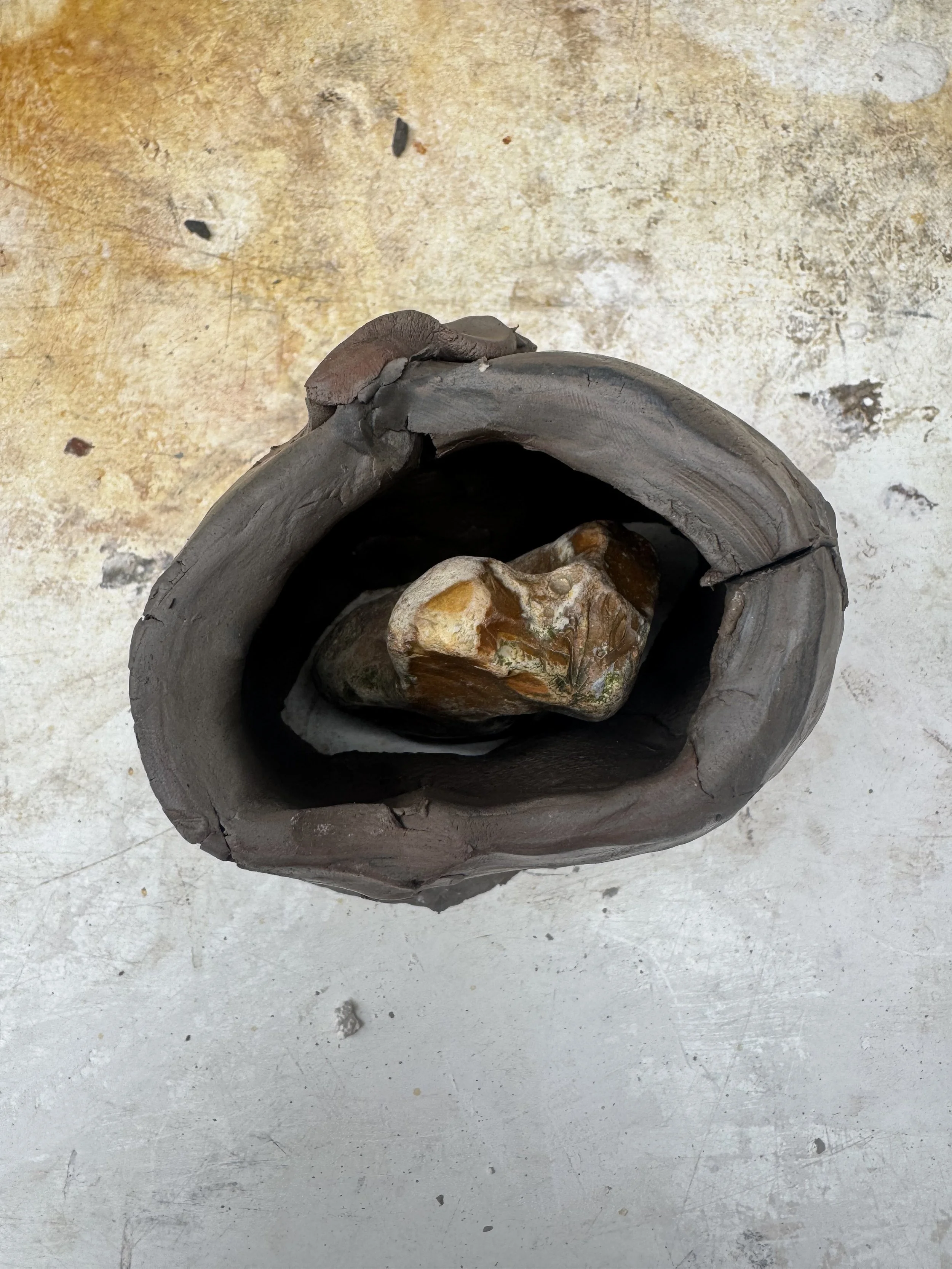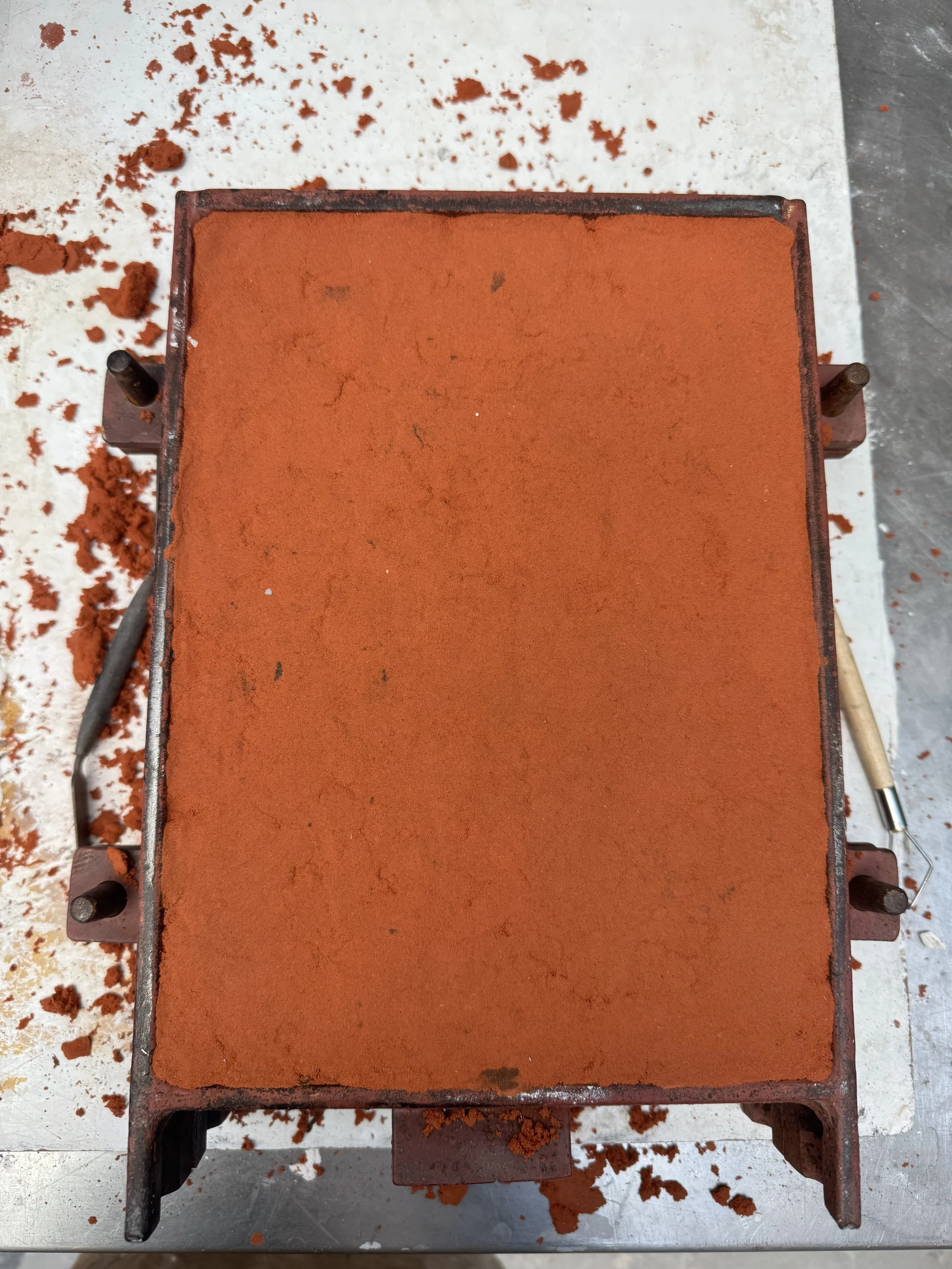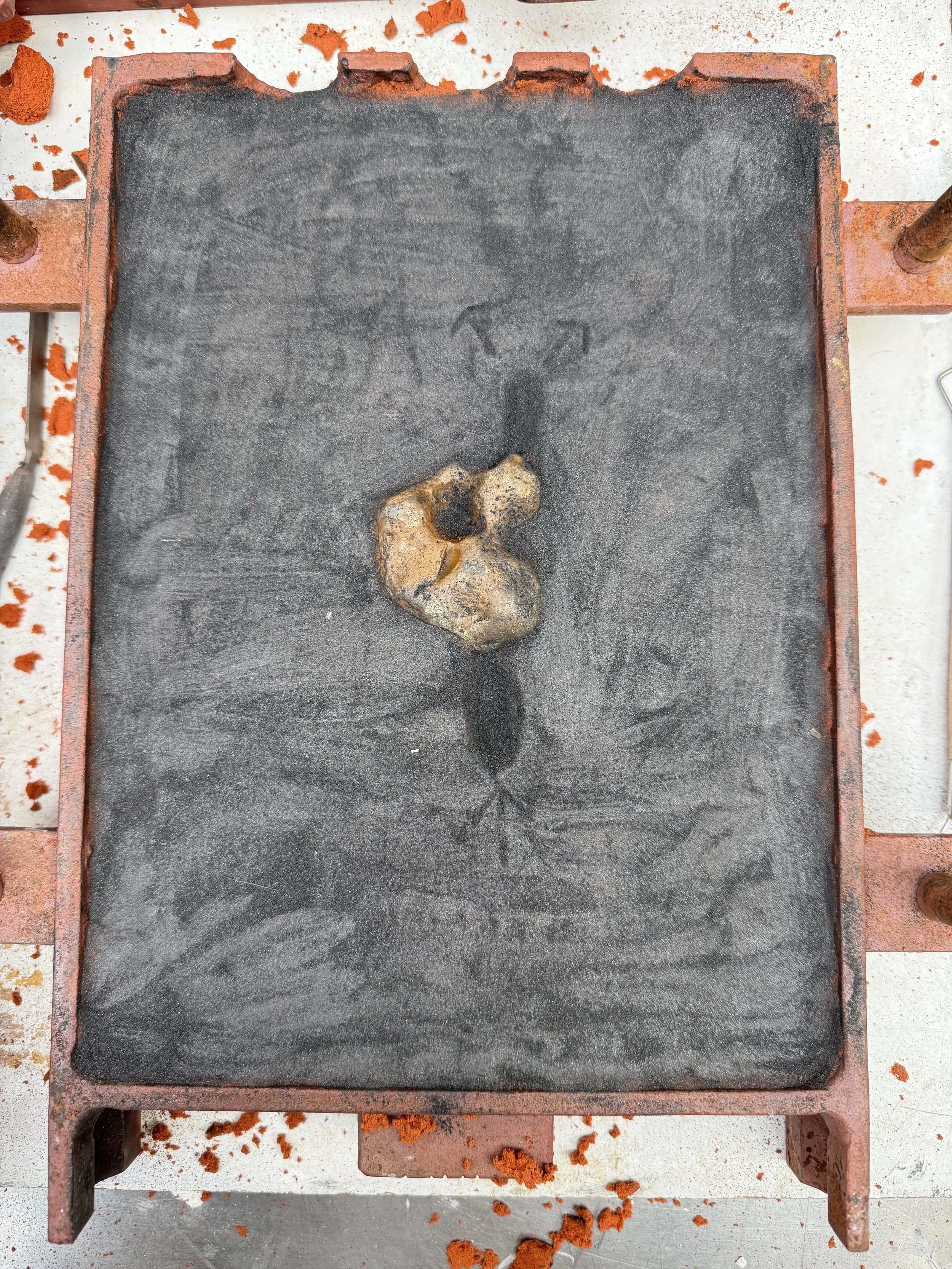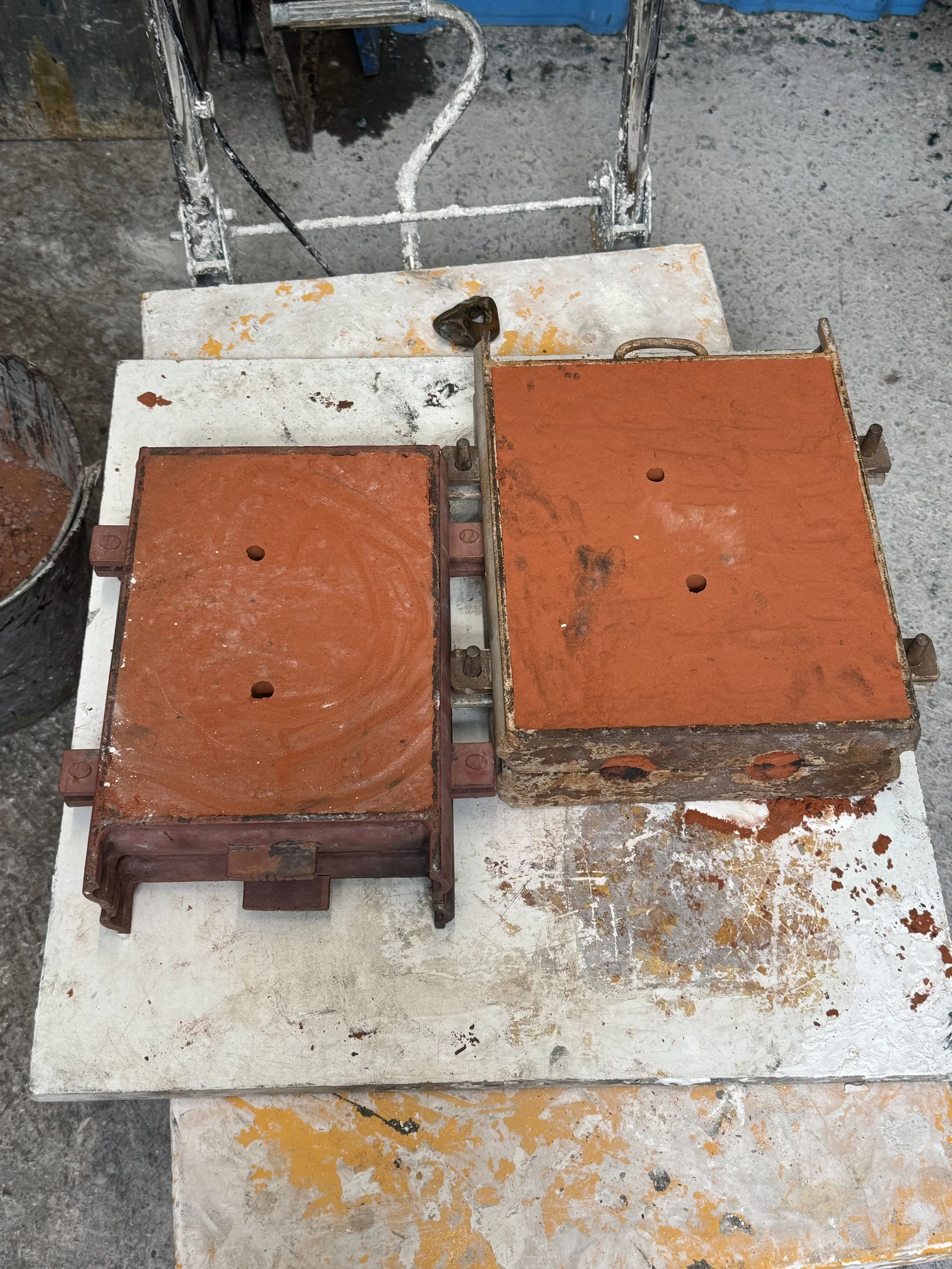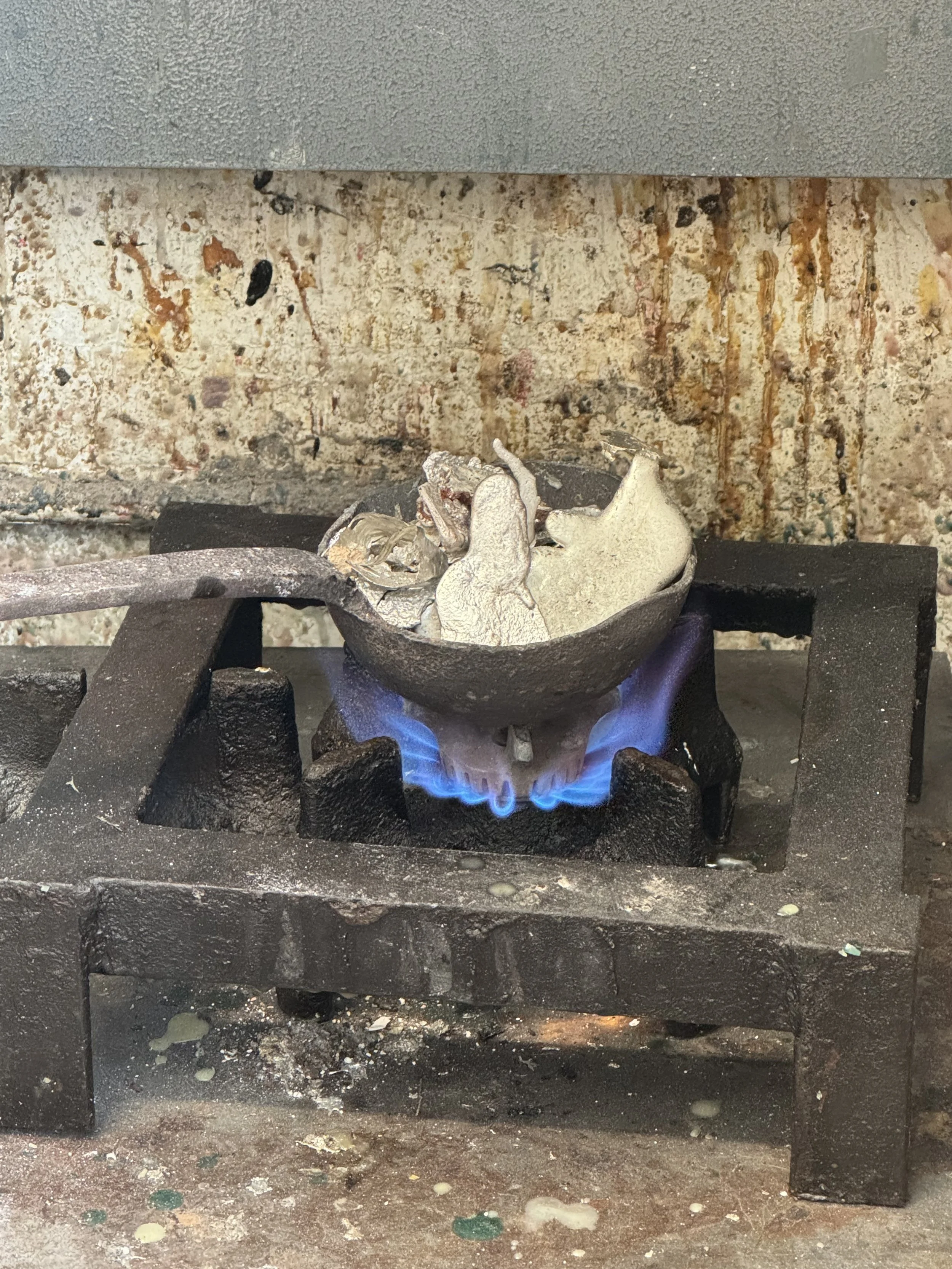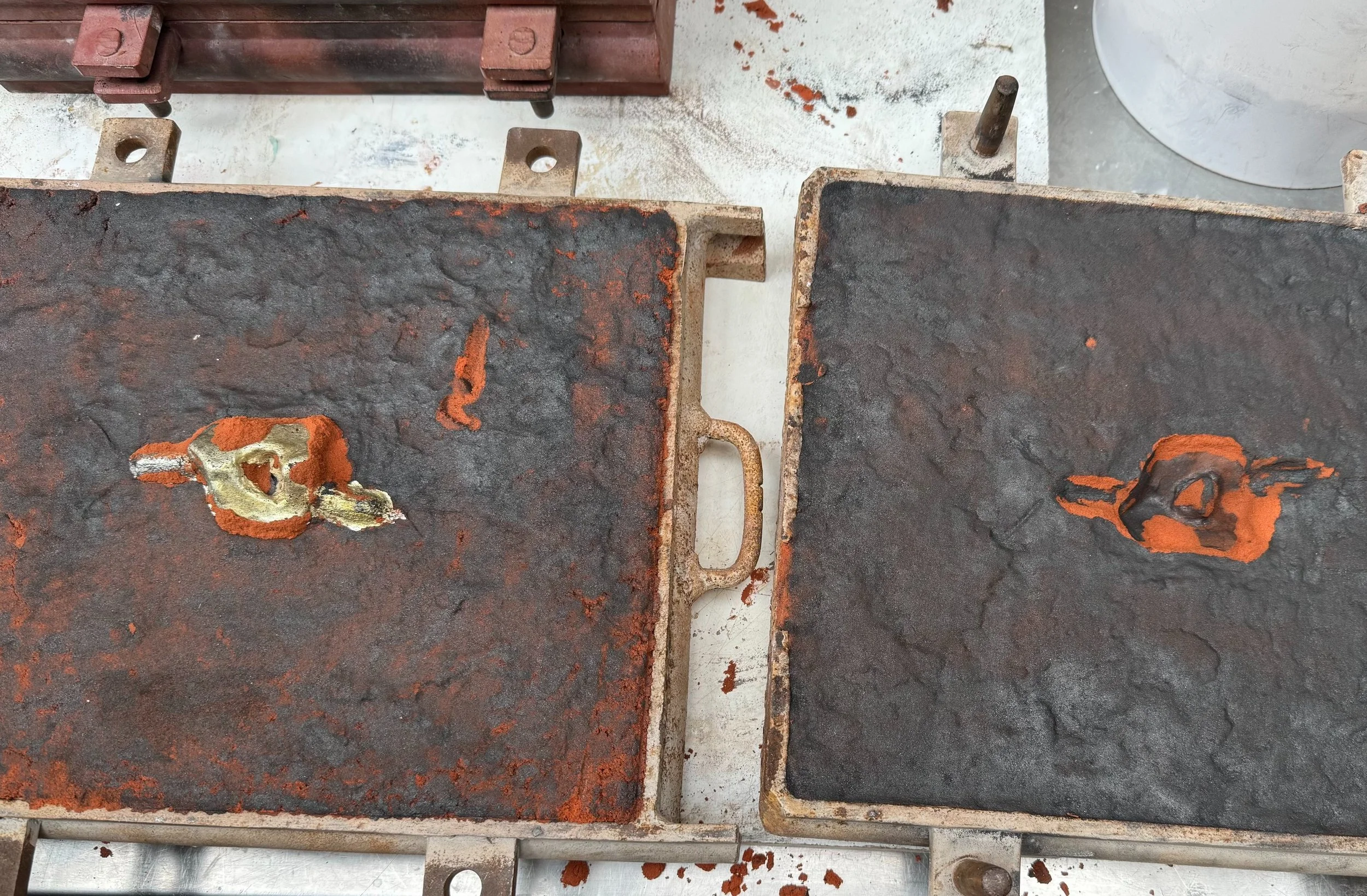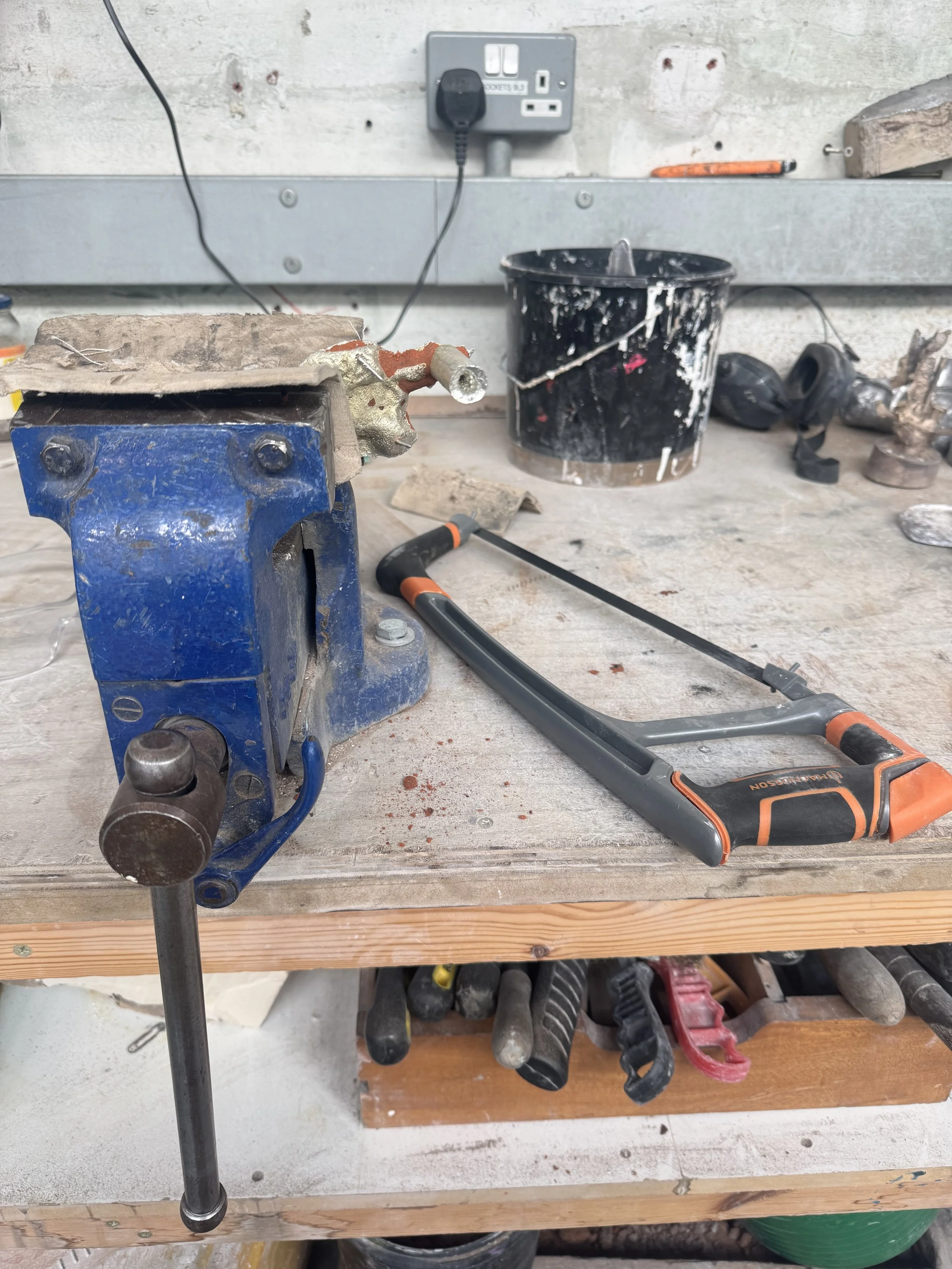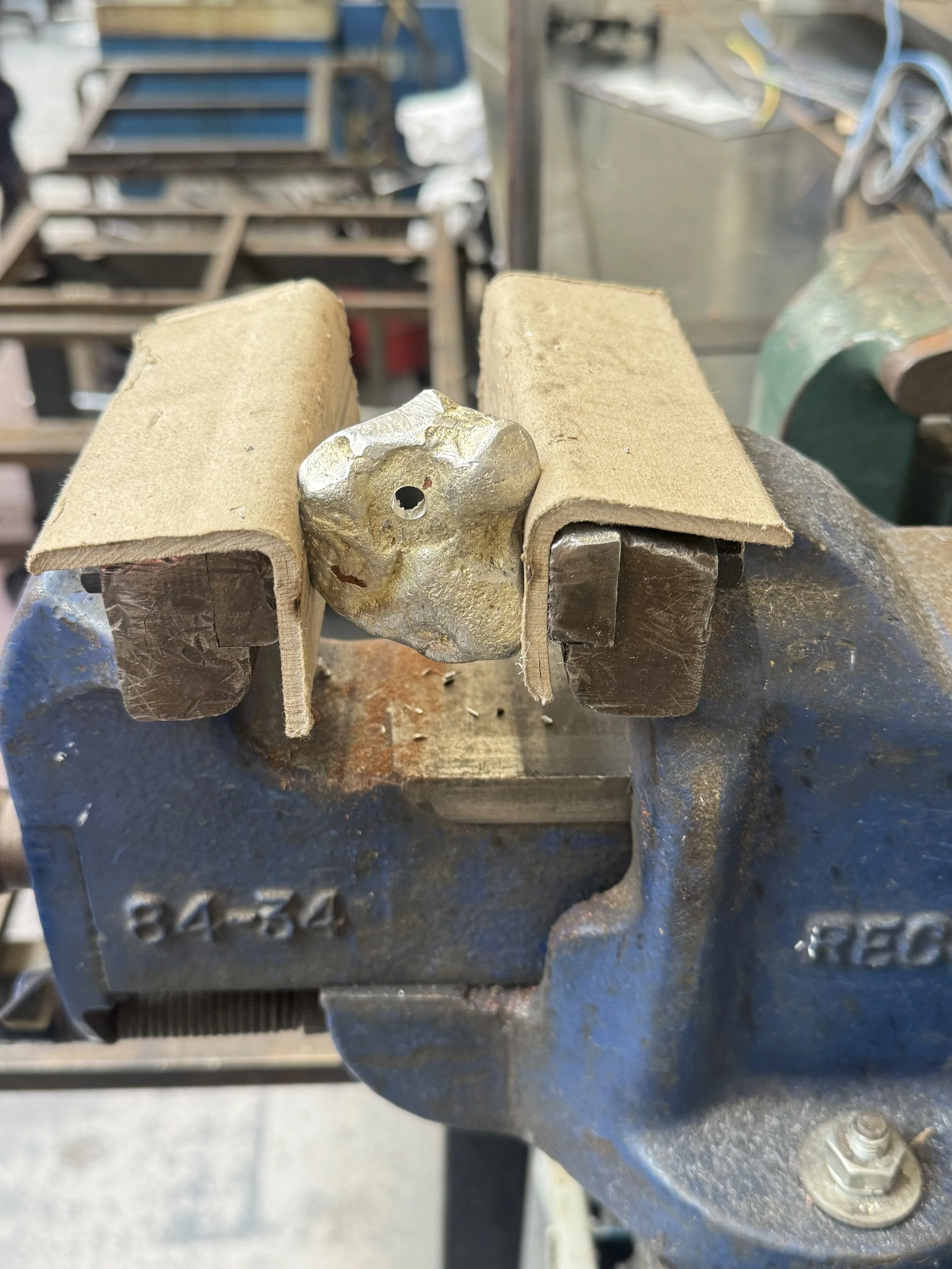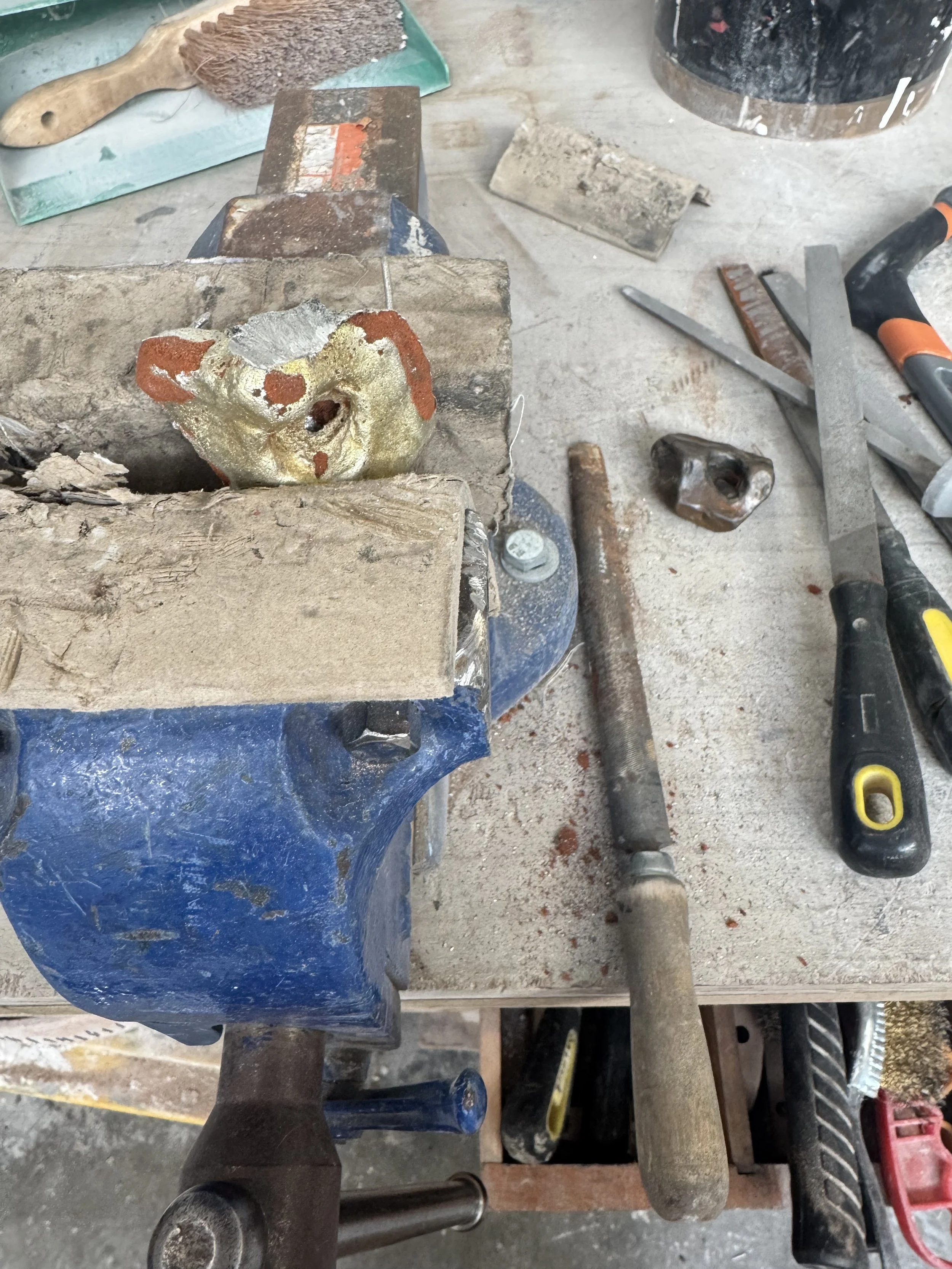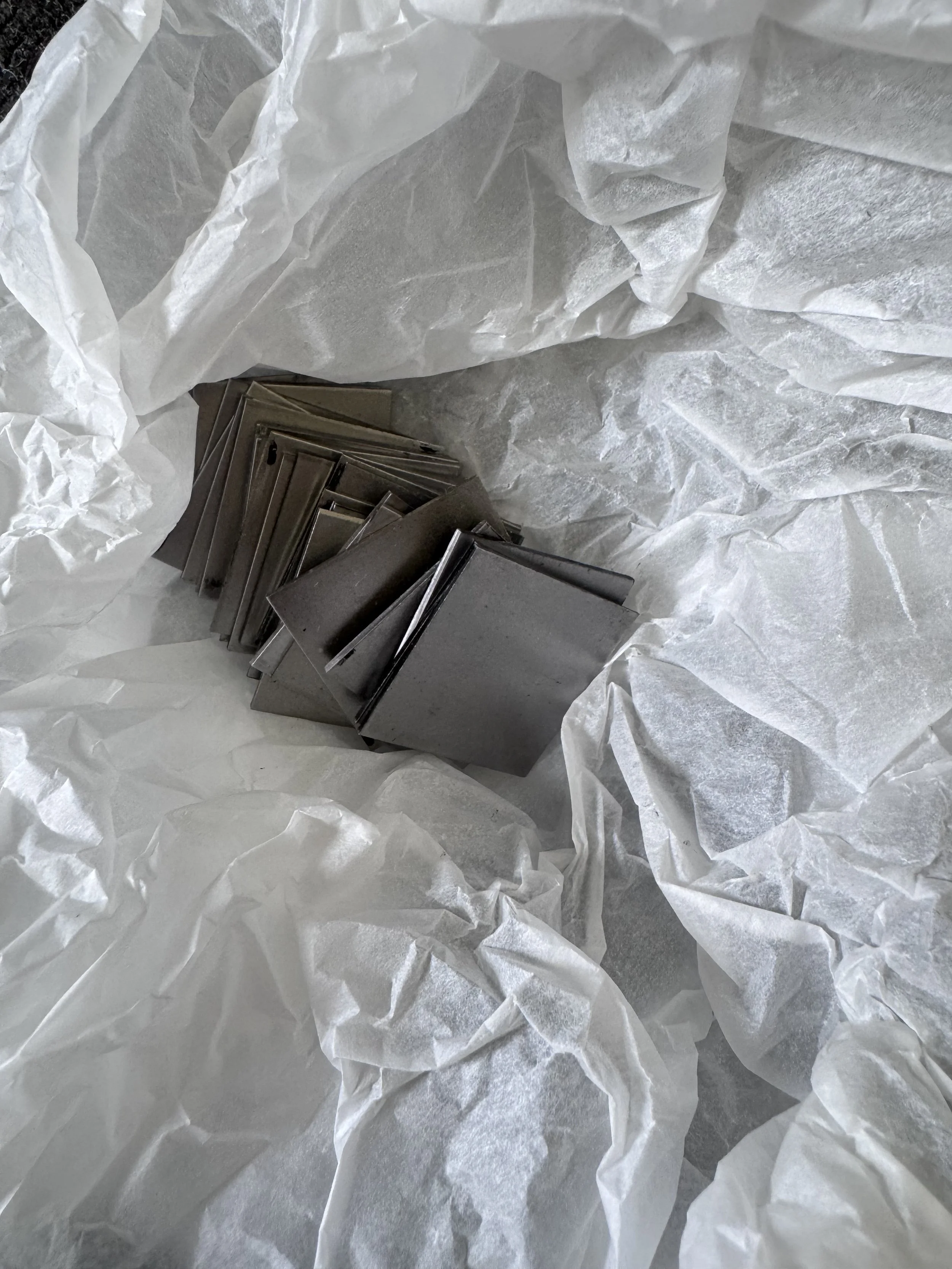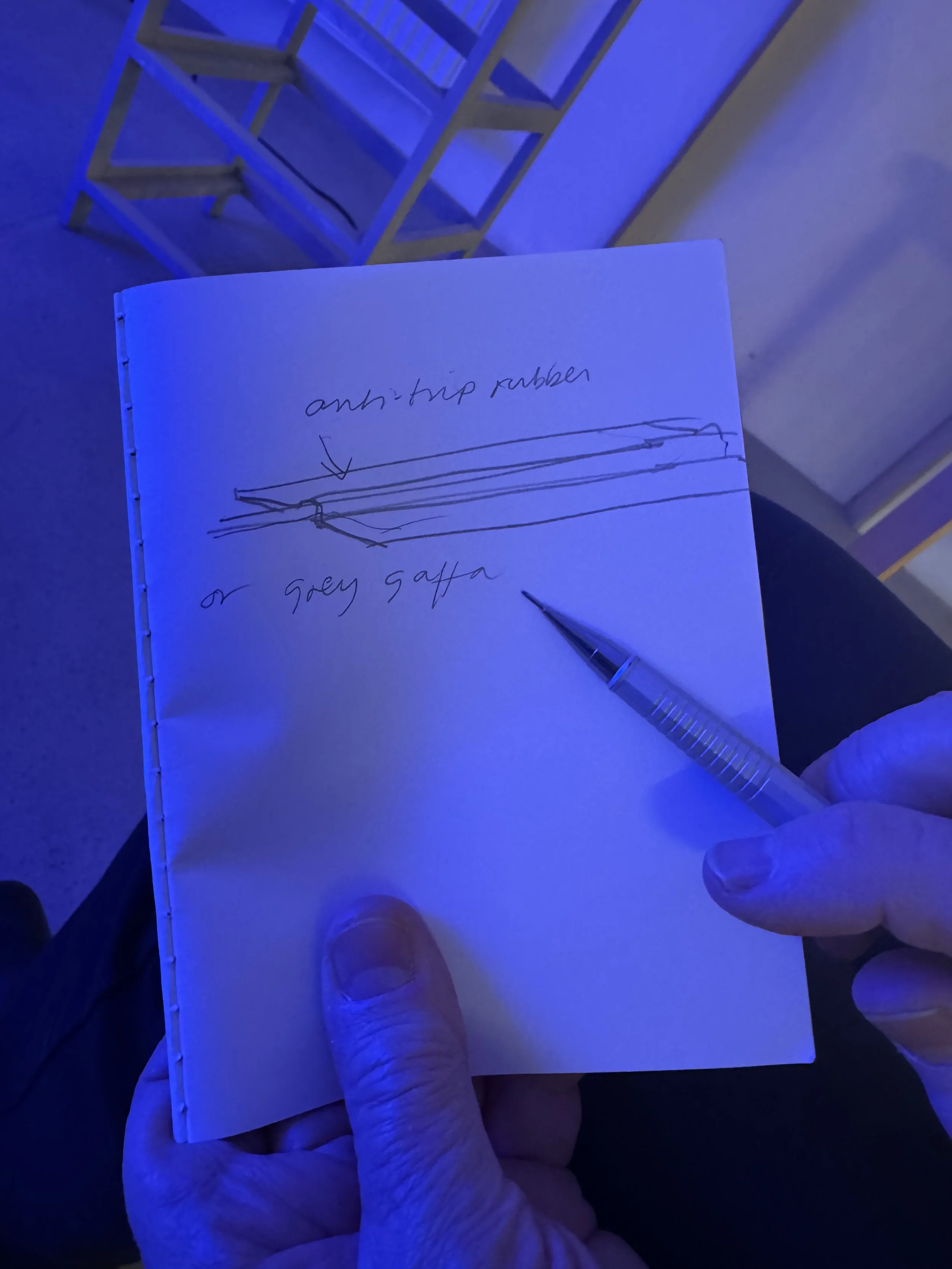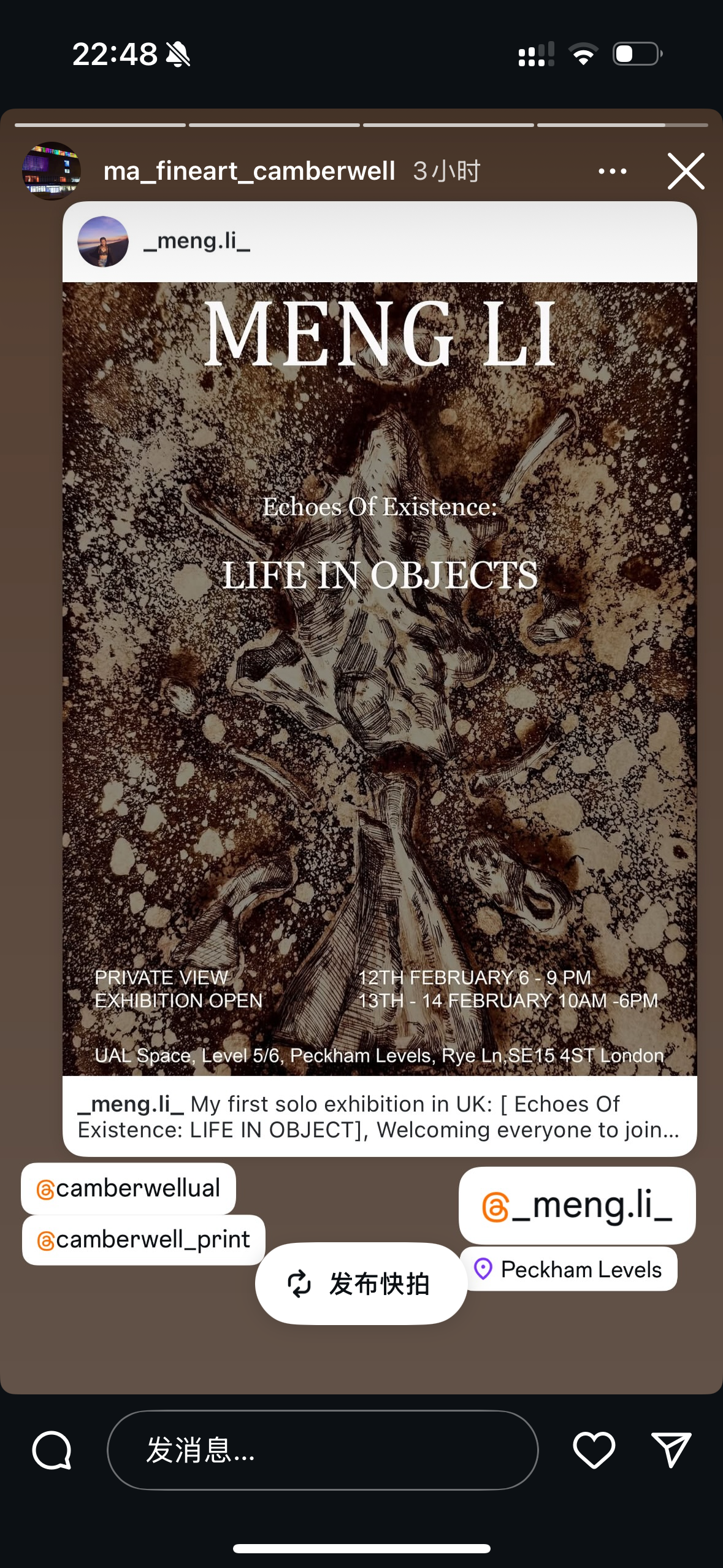Making Edition
I understand that becoming a professional printmaker requires mastering the process of creating editions, so I reached out to Brian for guidance. He generously taught me the essential techniques involved in edition printing.
I’m truly grateful for his help—he showed me how to use paper as a guide for cutting, how to preserve paper and ink quality, and how to pay attention to every small detail throughout the printing process. He also explained how to select and evaluate final prints, which was incredibly valuable.
Thanks to his guidance, I now feel much more confident in my ability to produce professional editions—an important step forward in my artistic development and future career.
Formation
Limited edition of 4
Etching on somerset paper
55.5 x 47.5 cm, 2025
Decomposition
Various edition of 4
Etching on somerset paper
55.5 x 47.5 cm, 2025
Element
Various edition of 4
Etching on somerset paper
55.5 x 47.5 cm, 2025
Casting Silicone
I’ve always been drawn to objects, which are a central theme in my artwork. In Unit 1, I created a series of wax sculptures. This term, I wanted to experiment with new materials, so I began exploring metal casting and other casting techniques.
I’ve since learned how to work with silicone moulds and sand casting. Sand casting is used for metals, while silicone moulds are ideal for materials like plaster and other low-temperature substances.
One of the objects I cast was a hagstone I found while mudlarking. After Professor Ulrike shared the folklore surrounding hagstones, I found the idea of casting it in metal even more compelling—it added a deeper layer of meaning and symbolism to the work.
6 x 4.5 x 3.3 cm
aluminium, bronze, pewter, soil, plaster casting, 2025
Sand Casting
Curation
During Unit 2, I participated in three exhibitions—one solo and two group shows. These experiences were incredibly valuable and taught me a great deal about both the creative and practical aspects of presenting artwork.
My solo exhibition, in particular, was a major learning experience, as I had to manage every aspect on my own. I learned how to select and curate my works, as well as techniques for hanging and displaying them effectively. I also took responsibility for borrowing equipment, designing the poster and exhibition layout, and handling basic marketing—such as putting up posters around the university and in public spaces.
Additionally, I learned how to invite an audience, prepare for the private view, and speak to visitors about my inspiration and artistic process. These tasks helped deepen my understanding of exhibition planning and curation, and gave me greater confidence in presenting my work professionally.








